What Ingredients Should Your Cat’s Food Have?
What’s In Your Cat’s Food
Making sure your kitty is getting all the nutrients they need is important for not only her health but for her happiness as well. It is a common mistake to buy big box brands that are recognizable. However, those brands frequently use unhealthy and even harmful ingredients while advertising with buzzwords like “natural.” Reading the ingredients may seem inconvenient or unnecessary, but if you want fluffy to live a long healthy life, it’s important to know what she’s eating.
Ingredients to avoid
- Byproducts – Association of American Feed Control Officials (AAFCO) defines these as “the non-rendered, clean parts, other than meat, derived from slaughtered mammals. It includes, but is not limited to lungs, spleen, kidneys, brain, livers, blood, bone, partially defatted low-temperature fatty tissue, and stomachs and intestines freed of their contents.” Humans typically do not eat these types of meats, but that does not mean that they are necessarily “unhealthy” for cats to eat. The reason you should avoid these types of ingredients is because the grade and source of these byproducts can be a concern.
- Byproduct meals/meat meals/meals – the remaining dried protein solids after the rendering process.
- Rendering – when byproduct parts are cooked at high temperatures which helps to separate fats, reduce water, and kill bacteria, parasites, viruses, and infectious organisms. This could be lard or tallow.
- Generic use of the words “meat” and “protein” – this could mean all meats, a few different one’s or any combination of other meanings instead of a single, definable meat.
Preservatives and other artificial ingredients to avoid
- Butylated Hydroxyanisole (BHA) – a chemical added to oils/fats in pets foods and is a known carcinogen
- Butylated Hydroxytoluene (BHT) – an antioxidant found in rubber, plastic, petroleum, and is used as edible fat, oil, and cosmetics. The National Toxicology Program says that BHT is “reasonably anticipated to be a human carcinogen”
- Ethoxyquin – a chemical preservative that is prohibited for human consumption but is not banned from pet foods. It is thought to cause reproductive problems, autoimmune disorders, behavior problems, and a variety of cancers in dogs and cats.
- Caramel coloring – only purpose is to color the food and contains methylimidazole (4-MIE), a known animal carcinogen.
- Carrageenan and carrageenan gum – red seaweed breed that is used as a thickening agent. It is a controversial ingredient because one of the forms of this seaweed is a potential carcinogen. It is a concern that any form of the seaweed can transform into the cancerous form when exposed to a cat’s stomach acid.
- Glucose and dextrose – sugar and crystallized sugar. This is not necessary for a cat’s diet and can contribute to health issues such as obesity and diabetes.
- Glyceryl Monostearate – a chemical additive used as a stabilizer in cheap foods. It is thought to cause toxicity in some organs.
- Phosphoric Acid – an indicator that the animal fat used is low quality. It is also used in fertilizers and detergents and can cause a sour taste.
- Propylene Glycol – a syrup used to prevent food from drying out. It is a concern that large amounts can cause toxicity. It has been limited to non-food use in Europe.
Other things to avoid
- Cow milk – cats do not have the ability to digest lactose after they are weaned from their mother’s milk.
- Low moisture content – cats get most of their water from their food, which means that most house cats are dehydrated and are at a high risk for urinary tract infections and renal failure. You can aid with hydration by making sure your cat always has clean, fresh water available to them and by giving them wet food a few times per week.
Good ingredients
- Whole sources of protein – this will appear as whole chicken, turkey, eggs, or fish.
- Fat from a specific animal
- Rice bran – this should be low on the ingredient list as cats do not have the ability to convert carbs to energy like dogs and humans can.
- Beet fiber – a good source of fiber without compromising the digestibility.
- Vitamins – specifically vitamin A and B vitamins (Thiamine, Riboflavin, Pyridoxine, Pantothenic Acid, Niacin and B-12)
What about snacks and treats?
Cats should not be fed table scraps since human foods have a high-calorie count and lack essential nutrients for cats. Some human foods can even be toxic to cats. It’s best to use manufactured treats specifically made for cats or kittens.
Improve indoor air quality for you and your pets with CritterZone – an air purifier for pets and pet odor eliminator.

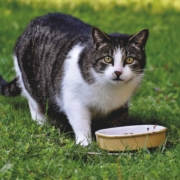
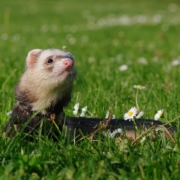

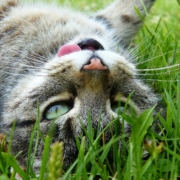
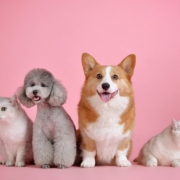
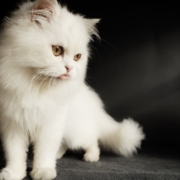
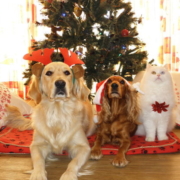



Leave a Reply
Want to join the discussion?Feel free to contribute!